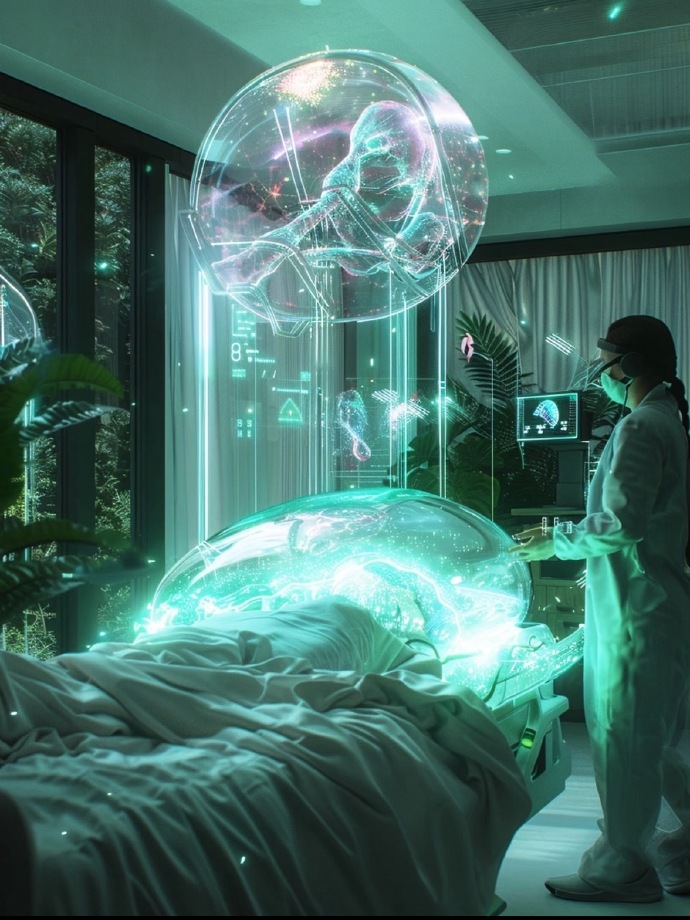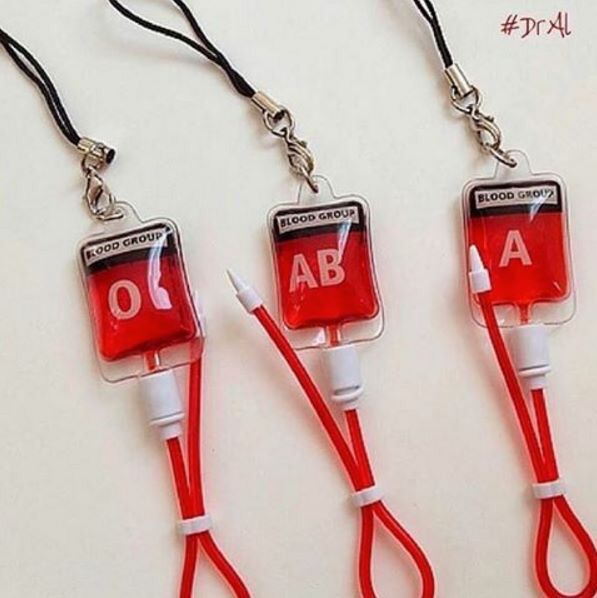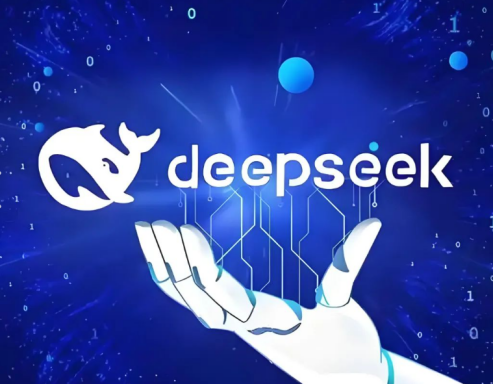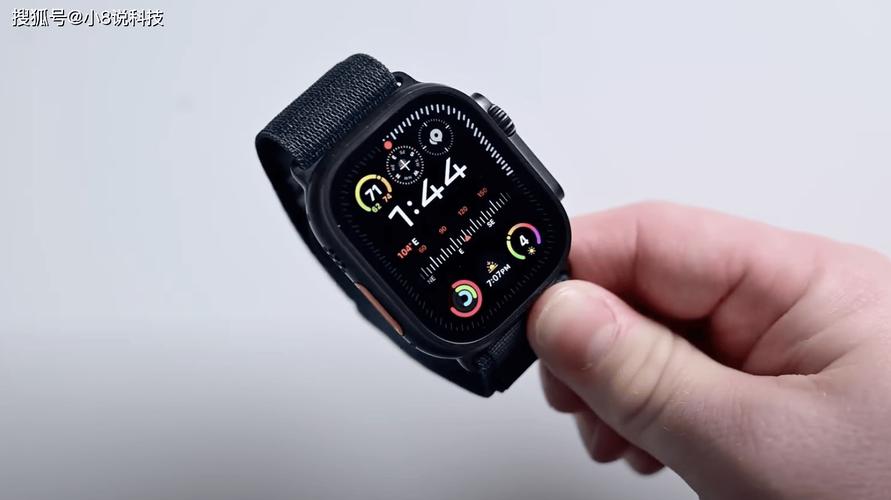Your screen can also understand your heart?
In this day and age, our daily life seems to be inseparable from that small screen. From waking up our mobile phones in the morning to accompanying our TV at night, glass screens are everywhere. But have you ever thought that this cold glass is becoming more and more like "human being" and can even understand your emotions when you touch it?
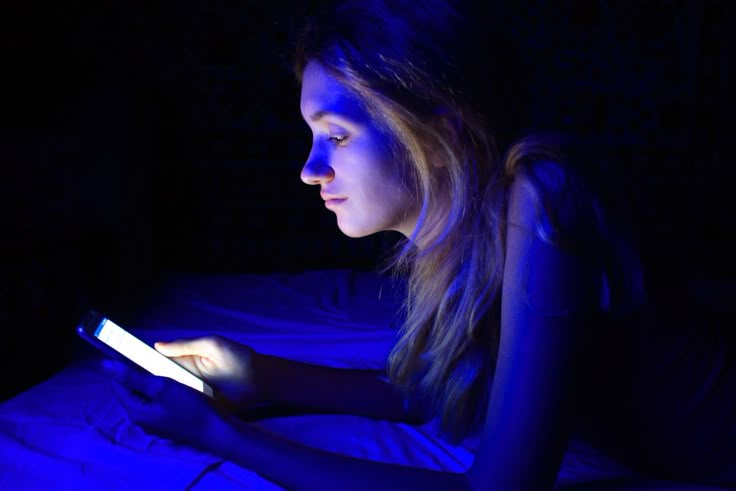
Touch technology is no longer new, from the earliest resistance screen to today's capacitive screen, it makes our fingers become a bridge to interact with the digital world. However, in the future, touch technology is going beyond simple "touch" and developing in the direction of sensing emotions and sensing intentions.
Imagine that you are browsing the news on your mobile phone. When you see a message that makes you angry, you may subconsciously press the screen hard; When you see a lovely photo, you may brush it lightly with your fingertips. The traditional screen will only recognize that these two actions are "touching", but the future screen can capture the tiny changes of your fingertips through pressure sensors, micro-vibration feedback and changes in conductive film. It can tell whether you are "pressing angrily" or "stroking gently".
It sounds like science fiction, but there has been a preliminary breakthrough in technology. Researchers are developing a touch technology that can sense pressure, which can judge your strength through subtle current changes when you press the screen. Combined with machine learning algorithm, the screen can infer your emotional state according to your pressing force, touch area and sliding speed.
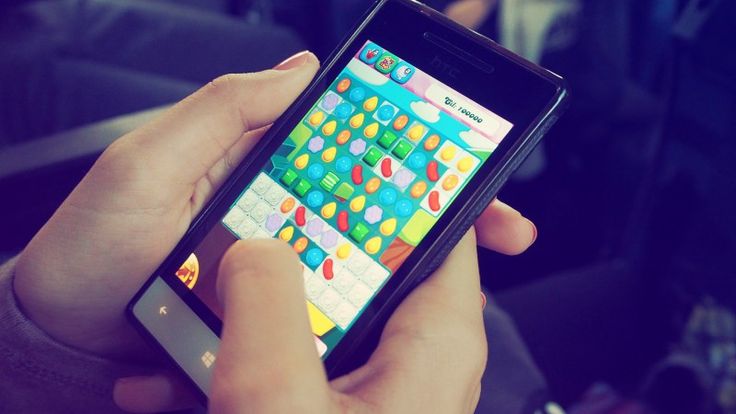
The application of this technology will completely change our relationship with equipment. For example, in the game, when you press the screen hard because of nervousness, the game characters may react more violently. In artistic creation software, your touch strength will affect the thickness and color of the brush, making your creation more expressive. In the field of medical health, through the analysis of touch patterns, we can even monitor some physiological indicators related to emotional fluctuations, providing new insights for mental health.
The screen of the future will no longer be a simple information display board, but will become an extension of our emotions. When we drag our fingers wearily on the screen, it will dim the brightness and give you some relaxing music; When we slide happily on the screen, it will present a brighter and more lively interface. This emotional way of interaction makes the device no longer a cold tool, but a smart partner who knows how to read and feel and actively adapt to our emotions. It blurs the boundary between man and machine, makes every touch a deeper communication, and injects unprecedented temperature into our digital life.
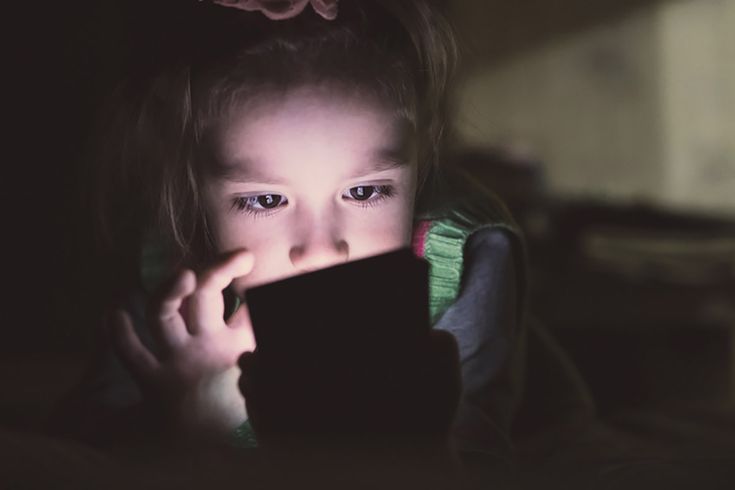
From simple physical buttons to smart screens that can understand our heartbeat, this small glass is quietly evolving. It not only connects our digital life, but also begins to connect our inner world. This may be the real charm of future technology: let the cold technology have temperature and emotion.
(Writer:Lorik)
